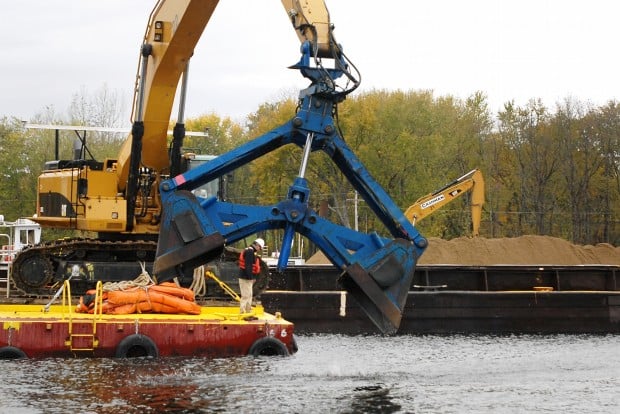

In the 19th century, Frederic Church frequently painted this view from his home, Olana. Long Dock Park in Beacon and Hudson River Park in New York City are part of a region-wide greenway initiative that is conserving recreational and natural areas along both sides of the river as part of the federally designated Hudson River Valley National Heritage Area. What you get are landscapes that also reintroduce floodplains, restore healthy aquatic habitats, rebuild local economies, and reignite citizen interest in the river. What you see are lovely parks and amenities. These before-and-after images of New York City and Beacon show approaches to waterfront revitalization that offer more than meets the eye. Elected officials struggled to cope with abandoned structures and land poisoned by toxic wastes. Then came the one-two punch: the decline of manufacturing and port-related activities, along with the loss of downtowns to shopping malls and urban renewal. The cities and towns of the Hudson estuary, from New York City to Troy, maintained their prosperous industrial riverfronts well into the 1960s. What climate change portends for the Hudson is still unfolding, but if history is any guide, it’s a landscape worth protecting. We all now live with its impacts both positive and negative. Two hundred years ago, Hudson River steamboats helped initiate an industrial, fossil fuel-driven age.

They also improve water quality and lessen the impact of storm surges and flooding. These areas are the nurseries for aquatic life. But the task of reclaiming the Hudson from the legacy of pollution continues.Īs part of adapting to climate change, professionals in many fields are restoring the river’s shallows and reengineering its marshlands. These improvements owe much to the environmental activism of the 1960s and ‘70s. Its banks are largely free of trash, and special vistas mostly cleared of obstructions. The river is now clean enough for kayakers and healthy enough for some species of fish to begin their return. One of theirīiggest assets is the appeal of the landscape itself. Hudson River cities and towns are reimagining themselves in order to stay viable. Industries that once propelled development along the river no longer drive the economy.


 0 kommentar(er)
0 kommentar(er)
